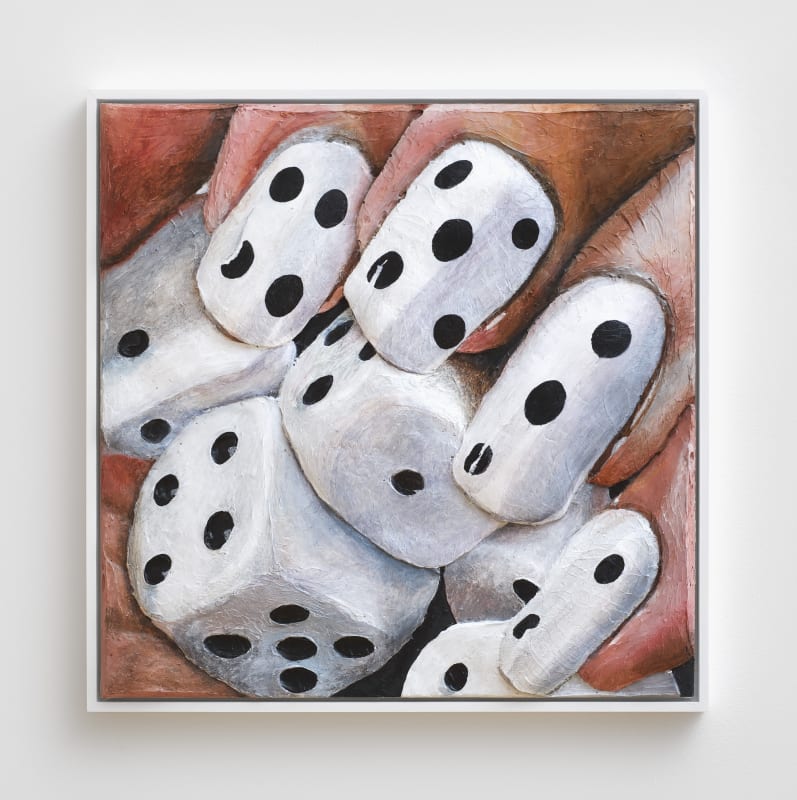BY BALASZ TAKAC
It is going to be an exciting exhibition season at The Museum of Modern Art in New York, as one of the world’s leading art institutions will honor art history's two great female figures at the same time, in two separate shows.
These exhibitions devoted to the artistic practices of Nancy Spero and Gina Beavers are expected with great anticipation and will certainly deliver fresh and exciting analyzes of their deeds. In brief, both of them are dealing with the patriarchal mechanisms of historical repression and media instrumentalization of women's experience.
Nancy Spero – A Legendary Feminist Artist
Nancy Spero was one of the pioneering artists involved with the feminist production of the late 1960s and early 1970s. Throughout the years, she produced a radical body of work aimed to critically tackle primarily gender, but also class, racial and sexual inequality and oppression within the field of contemporary art.
Spero engaged great efforts to reinterpret and underline the archetypal representations of women in various cultures and times in order to propose a new concept of woman as the protagonist.
Julie Ault, an artist, curator, and writer, and editor who worked closely with Spero for several decades curated the exhibition titled Paper Mirror in a retrospective format so that a broader audience can comprehend the full extent and significance of her artistic practice.
The Woman Angle
At the beginning of her career in Paris during the 1950s, Spero practiced figuration; however, the themes she explored were always politically engaged. Such an approach became even more prolific with the rise of civil movements criticizing the Vietnam War; during the 1960s she mostly produced works on paper and the best known are her The War Series through which she articulated the gendered brutality of the Vietnam conflict.
Women’s history gradually became the central subject of her art, so in the early 1970s, Spero dealt with her position of the female artist in a male-dominated art world. Those collaged works included fragments of text juxtaposed against the images of female figures from folklore, mythology, art history, literature, and media. The relationship between language and power was exposed through scrolls, friezes, and room-sized installations, and Spero used to describe her works as ephemeral monuments encompassing various women’s experience.
The Installment
The exhibition will feature more than one hundred works made over six decades. It will include the early works such as Black Paintings of the 1950s; the aforementioned War Series of the 1960s; the Artaud works of the 1970s, as well as numerous works from the 1980s, 1990s, and 2000s.
The artist’s monumental work such as Notes in Time on Women (1979–81), a 200-foot-long frieze from the collection of The Museum of Modern Art, will be on display for the first time in more than a decade. The last major installation Nancy Spero completed before her death called Maypole: Take No Prisoners (2007) will be on display as well. It consists of a twenty-foot vertical pole with images of decapitated heads hanging on ribbons and metal chains; the work itself is a reaction on the Iraq War and it explores the cyclical order of history, war, and its victims. Documentary films by Irene Sosa, which feature footage of Spero at work, will accompany the exhibition.
The Artistic Practice of Gina Beavers
On the other hand, the American artist Gina Beavers examines how the female experiences are being represented in the digital era. By using found images on the Internet or to be more prices on Instagram, she creates painted reliefs which are practically the copies of the feed. By appropriating, recontextualizing the media, Beavers poses not only the questions about the self-promotion, desire, viral exploitation, and misuse; furthermore, she is exploring the notion of originality in contemporary world saturated with digitized interactions, so the banality of phenomena such as makeup tutorials, bodybuilder selfies, and food porn is becoming visible more than ever since.
With the more recent works, Beavers is ironically articulating the iconic status of the best-known artists from art history such as Vincent van Gogh to Piet Mondrian; she is questioning the painting’s legacies, its omnipresent relevance as well as its contemporary notion.
Two Women Artists at MoMA
Nancy Spero’s retrospective will be the first major survey in the US since the artist’s death in 2009. The decision to put her works in a (distant) dialog with the works by Gina Beavers shows MoMA ’s intent to deal with the historical context of female production – the influences, the exchange, the continuity, and the empowerment.
This kind of institutional agenda should be perceived in the light of recent circumstances in American society, especially the #MeToo movement and in general proliferation of the gender equality discourse.


